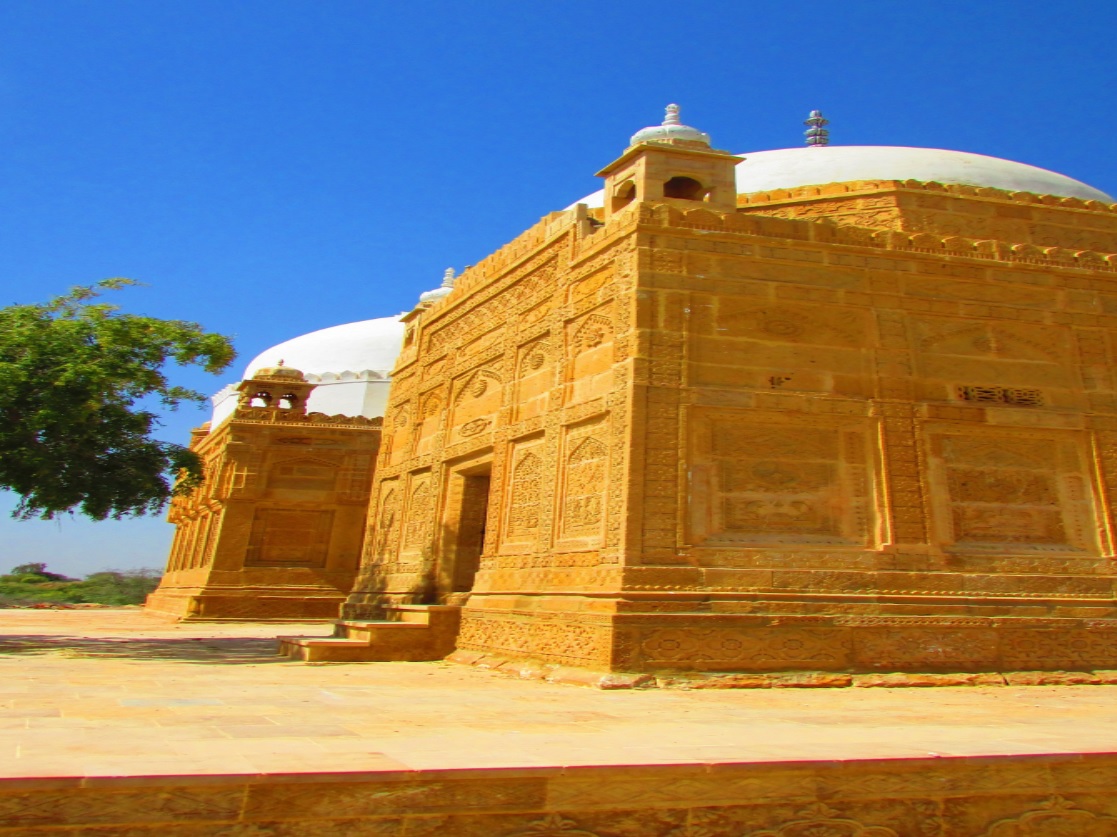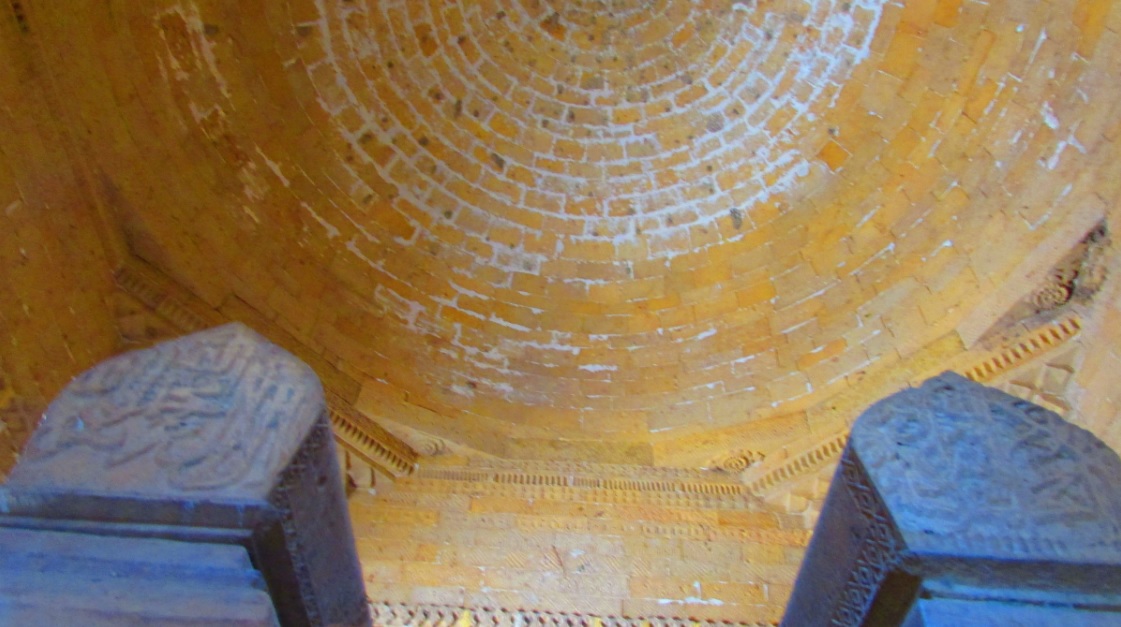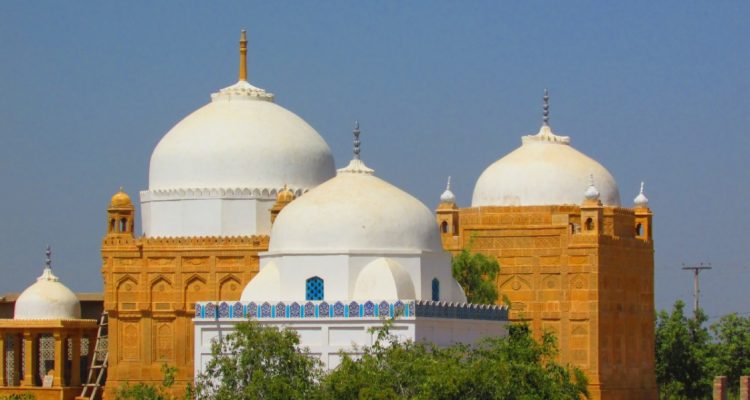On my way back from Chorr, Tharparker to Mirpurkhas. We stopped on a petrol pump for refueling tank. We asked the man on petrol pump about the Chitorri graveyard and it was a good news for us that he knew about the graveyard. So,we decided to see the graveyard. I came to know about this place while reading a book named Art and Architecture of Sindh by Zulfiqar Ali Kalkoro.
Chittori is one of the places, ancestral graveyard of Mankani Talpurs. It is situated about 17 miles from Mirpurkhas town on Sindhri road. From distance, it seemed me a yellowish colored and square broken tombs and Chatries (umbrella) over many graves of Mirs. Chittori name had derived due to carved stones. We reached there in a couple of minutes and as we reached there, we found the beauty of man made work, especially stone carved work which was reflecting Sindh’s architecture, Amazing piece of art waiting to be praised.

Mir Tharo khan was the founder of the Mankani Kingdom and had established his capital at Ketun-Jo-Kot on the left bank of the Puran river in Badin and served as the first capital of the Manikani Dynasty. The capital was shifted from Ketun to Mirpurkhas in 1806 at the time of Mir Ali Murad son of Mir Tharo Khan.
Mir Tharo Khan died in 1829 leaving his 2 sons, Mir Ali Murad Khan and Ghulam Hyder. He was buried in the Chitori necropolis in Mirpurkhas.
At Chhitori, there are twelve domed mausolea and some stone pavilions and brick linked graves. Out of these twelve, nine are stone built while the remaining three are of brick masonry. The mausolea fall into two groups. Six are on the south side and six on the north of the royal cemetery.

Those on the south belong to the ruling house of Talpur Mirs, who were the descendants of Mir Manik. His eldest son, Mir Allah Yar Khan, had three sons; Mir Masu, Mir Jado and Mir Rajo. All these chiefs lie buried at Chhitori along with their relatives. Mir Sher Muhammad Khan Talpur, the ‘Lion of Sind’ whose very army was defeated in 1843 at the battle of Dabbo and who died in 1876, is also buried at Chhitori. Those in the northern group do not belong to the Talpur tribe. They were high officials of some other clan.
In their over-all plan, the tombs are cubical each having a globular dome plastered with lime. The most fascinating features of the ornamental setting of these tombs consist in the exquisite grace of carved yellow sand stone treatment of their pillars, doors, facades, ceilings and tombstones. The foundation and their plinths, without exception, are laid in stone.
It will take around 45 minutes to visit these graves and an old local man helped us by giving the history of graveyard and Talpur.
By Khurram Saeed Khan


Leave a Reply